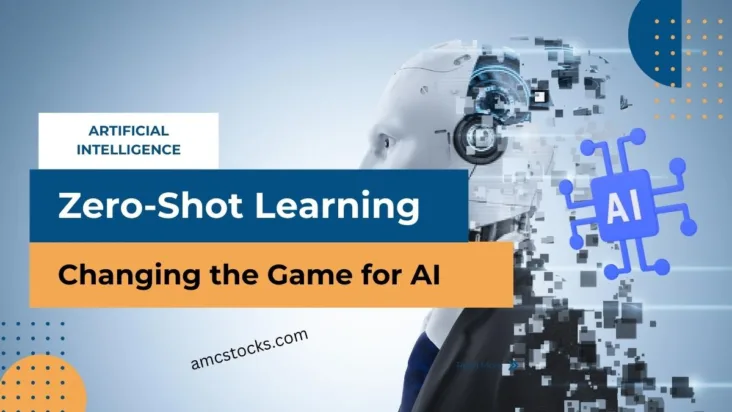Artificial intelligence (AI) has made significant progress in recent years, but one of the biggest challenges remains teaching machines to perform tasks they haven’t been explicitly trained for. That’s where zero shot learning comes in, and OpenAI’s latest version of GPT-3, known as GPT -3.5, is revolutionizing the field with this capability.
What is Zero-Shot Learning?
Zero-shot learning is a capability that allows an AI model to perform certain tasks without any prior training. Essentially, this means that GPT- 3.5 can learn new concepts and complete new tasks on the fly, even if it hasn’t been specifically programmed to do so. This is accomplished through the model’s ability to process language using machine learning techniques.
How Does Zero Shot Learning Work?
GPT-3.5 processes language based on patterns it has learned from massive amounts of data. It uses this understanding to generate responses when presented with a new task or concept. For example, if asked to translate a sentence into a language it hasn’t seen before, GPT 3.5 can use its knowledge of other languages and linguistic patterns to generate a reasonable translation.
Why is Zero Shot Learning Important?
Zero-shot learning has enormous implications for AI development. It could make it much easier to create AI systems that can adapt to new tasks and scenarios, without the need for extensive training or customization. This could pave the way for more flexible and adaptable AI applications, from chatbots and virtual assistants to autonomous vehicles and industrial control systems.
Another advantage of zero-shot learning is its potential for reducing the amount of data needed to train AI models. Traditional machine learning methods require large amounts of labeled data to train a model, which can be time-consuming and costly. With zero shot learning, GPT -3.5 can learn from smaller amounts of data, allowing for more efficient and cost-effective training. This could have major implications for businesses and organizations looking to implement AI systems, as they could potentially reduce the amount of resources needed to get started.
The Future of Zero Shot Learning
While there are still limitations to zero shot learning, the fact that GPT-3.5 can perform any new task at all without initial training is a major step forward in AI development. As AI continues to evolve, we can expect to see even more breakthroughs in zero-shot learning and other advanced AI technologies.
OpenAI’s GPT-3.5 model is well-known for its ability to generate human-like language and has been used in a variety of applications, from chatbots and language translation to content generation and creative writing. With the added capability of zero shot learning, GPT3.5 is poised to take on even more diverse tasks and further advance the field of artificial intelligence.
In addition to its potential for creating more adaptable AI applications, zero-shot learning also has implications for natural language processing and other advanced language-based tasks. For example, GPT3.5 can use its zero-shot learning capabilities to perform sentiment analysis on text in new languages without prior training.
This could have major implications for businesses operating in multiple countries, as they could use this technology to gain insights into customer sentiment in different languages. As zero-shot learning continues to develop, we can expect even more breakthroughs in language processing and analysis, making it easier than ever to understand and communicate with people from all around the world.
Conclusion
Zero shot learning is a game-changing feature that’s making waves in the world of AI. With OpenAI’s GPT-3.5 and other models like it, we’re seeing enormous strides towards more flexible and adaptable AI systems that can learn on the fly and adapt to new tasks and scenarios. As AI continues to evolve, we can expect to see even more breakthroughs in zero shot learning and other advanced AI technologies.
